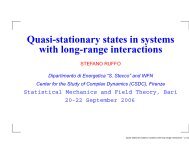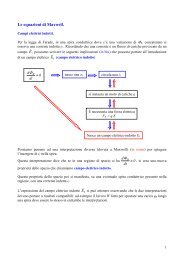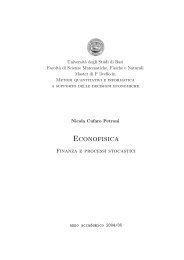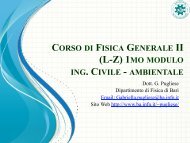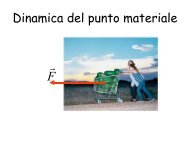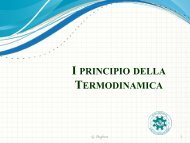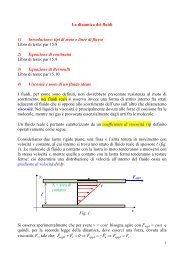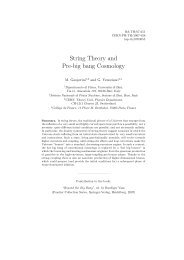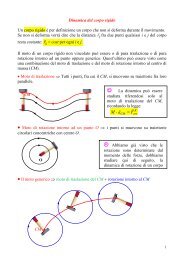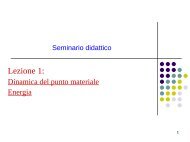Pricing and Hedging Asian Basket Options with Quasi-Monte ... - Infn
Pricing and Hedging Asian Basket Options with Quasi-Monte ... - Infn
Pricing and Hedging Asian Basket Options with Quasi-Monte ... - Infn
You also want an ePaper? Increase the reach of your titles
YUMPU automatically turns print PDFs into web optimized ePapers that Google loves.
Methodol Comput Appl ProbabTable 2 Effective dimensionsCh PCA LT KPATime-dependent volatilitiesρ = 0%d T > 1900 d T = 14 d T = 10 d T = 19ρ = 40%d T > 1900 d T = 9 d T = 8 d T = 11Table 2 shows the effective dimensions obtained by the different the pathgenerationmethods considered (p = 0.99). The LT construction provides the lowesteffective dimension, while the PCA decomposition performs almost as well as the LTapproach only for the correlation case, <strong>and</strong> the KPA returns a slightly higher effectivedimension. The CH decomposition collects 98.58% <strong>and</strong> 98.70% of the total variancefor d T ≈ 2000, respectively in the uncorrelated <strong>and</strong> in the correlated cases. To havea more detailed comparison look at the Table 3 which displays the elapsed timesmeasured in Sabino (2011)byusinganad hoc incremental QR algorithm for the LT,<strong>and</strong> assuming constant volatilities equal to the σ i (0) of Table 1. The computationwas implemented in MATLAB running on a laptop <strong>with</strong> an Intel Pentium M,processor 1.60 GHz <strong>and</strong> 1 GB of RAM. We computed 50 optimal columns for theLT technique. The CH algorithm for block boomerang matrices has almost the samecost as the one relying on the properties of the Kronecker product. As a consequencethe LT also requires almost the same computational cost, while the PCA needs atime almost 20 times longer because now we can not rely on the properties of theKronecker product. In contrast, the KPA has almost the same computational time asthe PCA in the constant volatility case, <strong>and</strong> is the best performing path-generationprocedure from a computational time point of view. We have applied Proposition 2to implement the PCA, <strong>and</strong> we have computed the eigenvalues <strong>and</strong> eigenvectorsof MN relying only on the sparse function of MATLAB. The development ofalgorithms tailored for the computation of the eigenvalues <strong>and</strong> eigenvectors of tridiagonalsymmetric block matrices is still in progress: hopefully they could furtherreduce the computational time <strong>and</strong> their performance will be presented in futurepapers.In the second part of our investigation we launched a simulation to estimate the<strong>Asian</strong> option price using 10 replications, each consisting in 8192 r<strong>and</strong>om points,following the strategy in Imai <strong>and</strong> Tan (2006). We used again different r<strong>and</strong>om generators:st<strong>and</strong>ard MC, LHS <strong>and</strong> RQMC generators. Concerning the computationaltimes of the price estimation, the CPU ratio between LHS <strong>and</strong> RQMC is almost 1Table 3 Computational timesin secondsCh PCA LT KPAConstant volatilitiesρ = 0%0.60 25.77 71.14ρ = 40%0.59 25.55 71.02Time-dependent volatilitiesρ = 0%0.62 565.77 71.65 28.25ρ = 40%0.62 568.55 71.20 28.33



